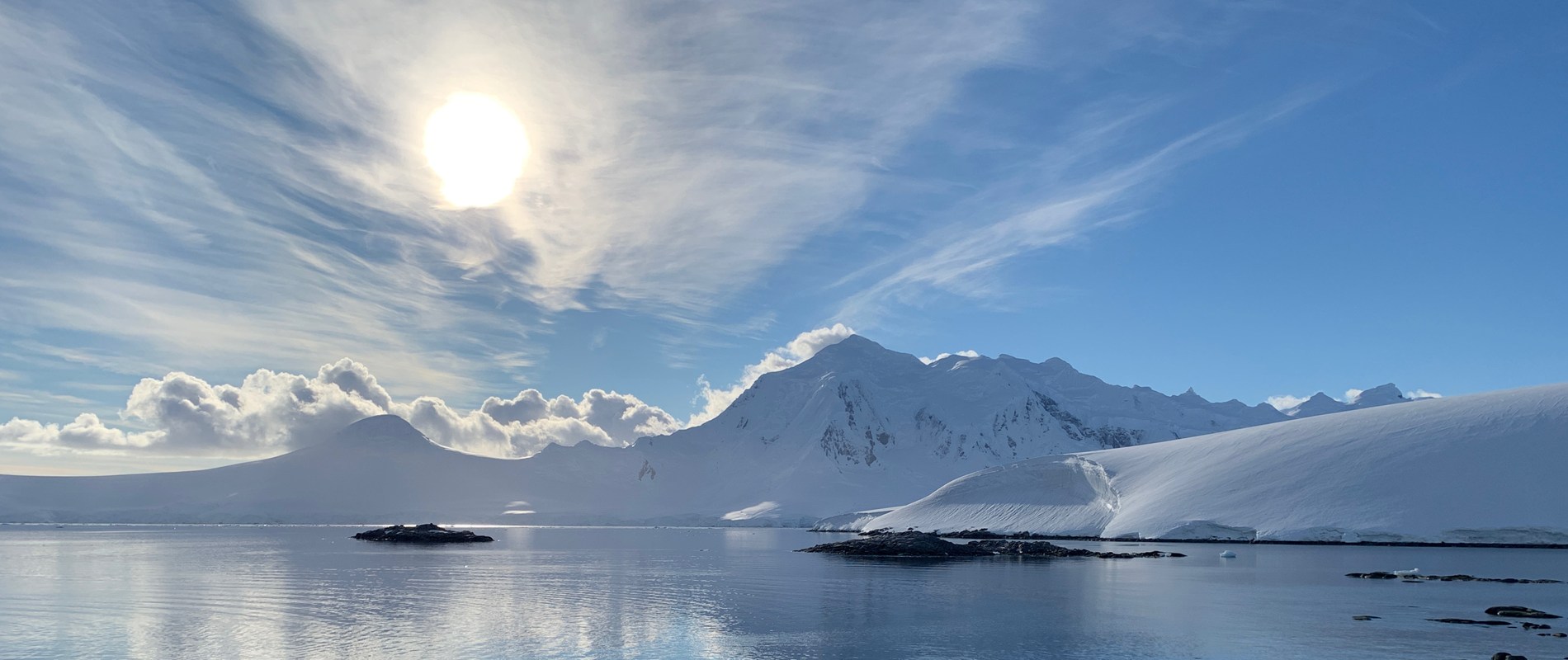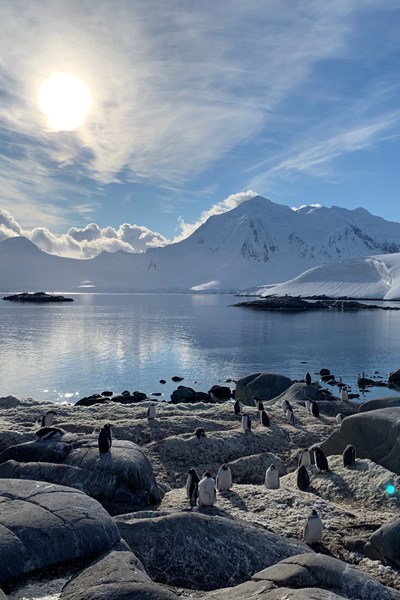

04/11/2021
The Sunshine Recorder Antarctic meteorological data
As most in the UK wind down in preparation for the short days of winter, setting our watches back as British Summer Time ends, the UKAHT team are preparing for a busy, if compact, programme of work under the Austral Summer sun.
The sun has always driven our behaviour, from bursts of activity to sow and travel in spring and summer, to harvest and shelter in the autumn and winter. Antarctic meteorological data, of the same type collected at Port Lockroy and Stonington during the 1940’s, and still being collected at modern research bases today, informs our knowledge and understanding of the issues around the climate emergency. One of the data sets gathered in that meteorological science is sunshine data. Sunshine recorders are designed to capture the amount of sunshine in any given place, documenting a small but essential variant in understanding the sun’s role in the climate process.
The fundamental mechanism used to record sunshine was invented in 1858 by John Francis Campbell or Iain Òg Ìle (Young John of Islay), an author, scientist, and Celtic scholar. Campbell’s Sunshine Recorder was a glass sphere in a wooden bowl, the bowl would be charred by the focus of the glass thereby leaving a record of periods of high sunshine throughout the day. The design was improved upon by George Gabriel Stokes, a physicist and mathematician, who in 1879 clamped the sphere in a rounded metal plate and inserted a curved holder for recording card behind the sphere. The charred card was much easier to replace and collect the data from than an entire wooden bowl of the prior design. The Campbell-Stokes Sunshine Recorder, as it was then known, became the leading sunshine recording instrument. However, the cards had to be manually changed daily and the data collection capability and card integrity could be negatively affected by cloud cover, dirt, snow, and any personal contributions from Antarctic sled dogs which may have utilised the sunshine recorder in lieu of a lamp post!
Sunshine recorders document the passing of the year, noting the higher and lower sunshine levels of the seasons and years as we alter our behaviour in response. As global temperatures continue to rise, and the ice-sheets of Antarctica decreases in size, it is less able to deflect away solar radiation. The sun is not causing climate change, but its power is felt more keenly as the Earth absorbs its radiation without the protection of Antarctic Ice.
The Campbell-Stokes recorder, despite its imperfections, fantastical appearance, and the subsequent creation of modern automated recorders, is still in use today. They are not as accurate as modern recorders. However, they have provided the only long-term data on sunshine levels and as a meteorological tool are expected to continue to provide important data to essential climate science, data upon which we might consider enacting a suitable response.
Digital reproduction of two Campbell-Stokes sunshine recorders. Two recorders are required to capture 24hours of daylight occurring at the Polar regions.
Image: CambridgeBayWeather/Wikimedia
Source:
A comparison of long-term parallel measurements of sunshine duration obtained with a Campbell-Stokes sunshine recorder and two automated sunshine sensors by D. J. Baumgartner et al. (2017)

